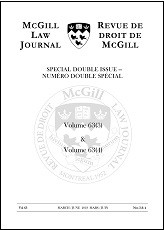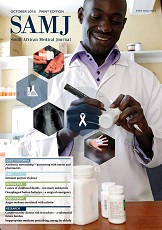Jeanette H Johnson, Wendy Turnbull

Abstract
PIP: This article is a reflection on the Fourth World Conference on Women in Beijing in September 1995, including its preparatory meetings. Delegates from 187 nations negotiated and decided on the disputed passages of the draft Platform of Action, which comprised 40% of the 150 page document. The atmosphere prior and during the conference was not peaceful. The UN and China disputed over the location of the nongovernmental organizations’ (NGO) forum that took place at the same time of the conference. The US and Chinese governments squabbled about China’s detention of a Chinese-American human rights activist. The US First Lady attended the conference and the NGO forum, promoting human rights. Most delegates had decided that this conference would not be a retreat from the Cairo conference. In comparison to Cairo, the Vatican delegation had toned down its opposition. US based antiabortion groups and conservative women’s groups arrived in greater numbers in Beijing than in Cairo, in hopes to reverse actions taken in Cairo. They had few victories. A contentious issue was parental rights and responsibilities, specifically adolescents’ access to confidential health services. Compromise wording was worked out in two paragraphs. All other references to parental rights were deleted or there was a reference to the compromise wording. The Beijing platform was the first universal document recognizing the right of a woman to say no to sexual intercourse. The references in the Beijing document recognizing sexual rights as human rights were a major accomplishment. Debates over the issue of abortion took place: the proposed conscience clause and a call for the review of laws containing punitive measures against women who have had an illegal abortion. The vocal delegates from developing countries are silencing the accusation that radical Western women are thrusting women’s rights on the rest of the world.
Johnson JH, Turnbull W. The women’s conference: where aspirations and realities met. Fam Plann Perspect. 1995 Dec;21(4):155-159.




